Sustainability Initiatives
The increasing emphasis on sustainability within the Mulch Colorants Market is driving demand for eco-friendly products. Consumers and businesses alike are becoming more aware of the environmental impact of their choices. As a result, manufacturers are focusing on developing colorants derived from natural sources, which are biodegradable and non-toxic. This shift not only aligns with consumer preferences but also complies with regulatory standards aimed at reducing chemical usage in landscaping and gardening. The market for sustainable mulch colorants is projected to grow, as more consumers seek products that contribute to environmental conservation. In 2025, the market is expected to witness a notable increase in the adoption of sustainable practices, which could potentially reshape the competitive landscape of the Mulch Colorants Market.
Technological Advancements
Technological innovations are playing a pivotal role in the evolution of the Mulch Colorants Market. The development of advanced colorant formulations that offer enhanced durability and color retention is becoming increasingly prevalent. These innovations not only improve the aesthetic appeal of mulch but also extend its lifespan, thereby providing better value to consumers. Furthermore, the integration of digital technologies in manufacturing processes is streamlining production and reducing costs. As a result, companies are able to offer a wider range of color options and formulations, catering to diverse consumer preferences. The market is likely to see a surge in demand for technologically advanced mulch colorants, as consumers become more discerning about product quality and performance.
Rising Landscaping Activities
The surge in landscaping activities across residential and commercial sectors is significantly influencing the Mulch Colorants Market. As urbanization continues to expand, there is a growing need for aesthetically pleasing outdoor spaces. This trend is driving homeowners and businesses to invest in landscaping, which often includes the use of colored mulch to enhance visual appeal. According to recent estimates, the landscaping services market is projected to grow at a compound annual growth rate of over 5% through 2025. This growth is expected to directly impact the demand for mulch colorants, as more consumers seek to create vibrant and attractive landscapes. Consequently, the Mulch Colorants Market is poised for expansion, driven by the increasing popularity of landscaping projects.
Consumer Preferences for Aesthetics
Consumer preferences are shifting towards aesthetically pleasing outdoor environments, which is a key driver for the Mulch Colorants Market. The desire for vibrant and visually appealing landscapes is prompting homeowners and landscapers to opt for colored mulch over traditional options. This trend is particularly evident in residential gardening and commercial landscaping projects, where color plays a crucial role in design. Market data suggests that the demand for colored mulch has been steadily increasing, with a notable rise in sales of various hues and shades. As consumers become more design-conscious, the Mulch Colorants Market is likely to experience sustained growth, as manufacturers respond to these evolving preferences by offering a broader spectrum of color options.
Regulatory Compliance and Safety Standards
The Mulch Colorants Market is increasingly influenced by regulatory compliance and safety standards. Governments and environmental agencies are implementing stricter regulations regarding the use of chemical additives in landscaping products. This has led manufacturers to reformulate their products to meet safety standards while still providing vibrant colors. The focus on non-toxic and environmentally friendly colorants is becoming a necessity rather than an option. As a result, companies that prioritize compliance are likely to gain a competitive edge in the market. The ongoing evolution of regulations may also drive innovation in the development of safer, more sustainable mulch colorants, further shaping the landscape of the Mulch Colorants Market.


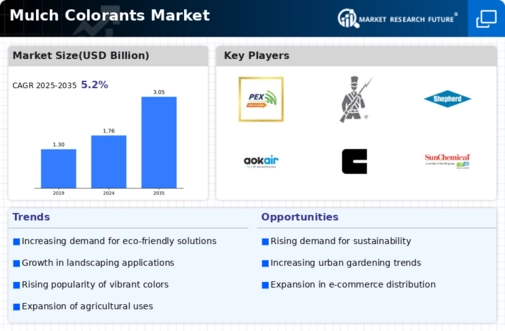
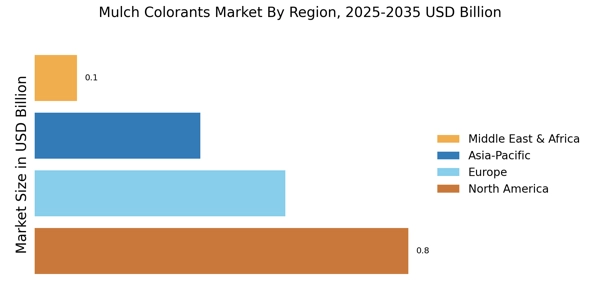


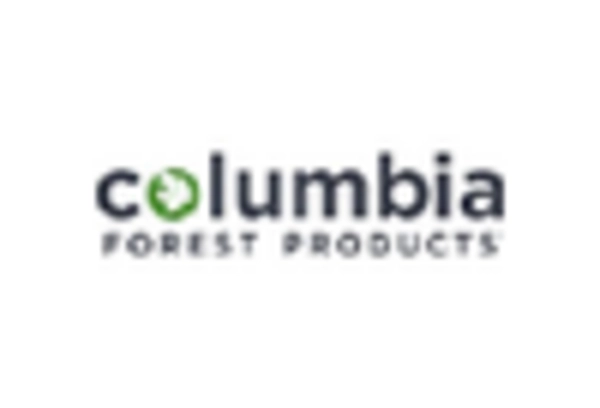
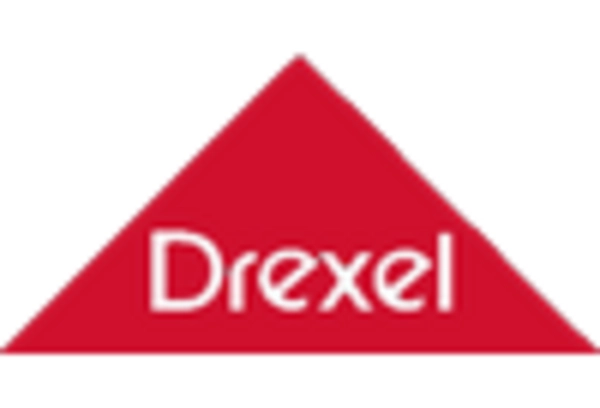
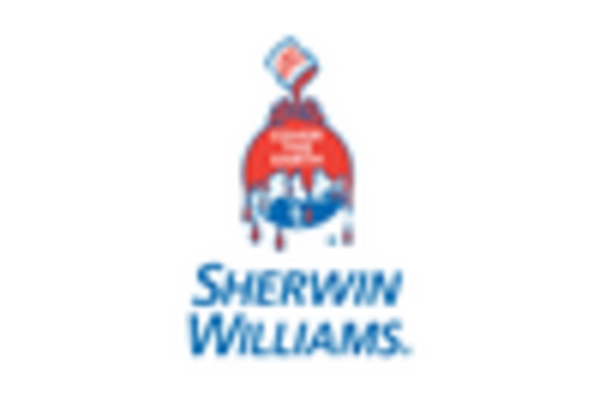
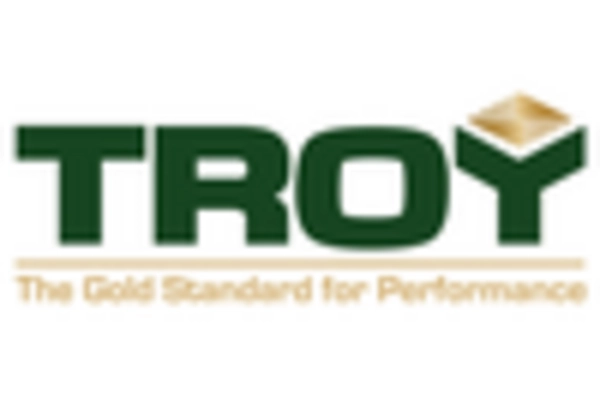








Leave a Comment